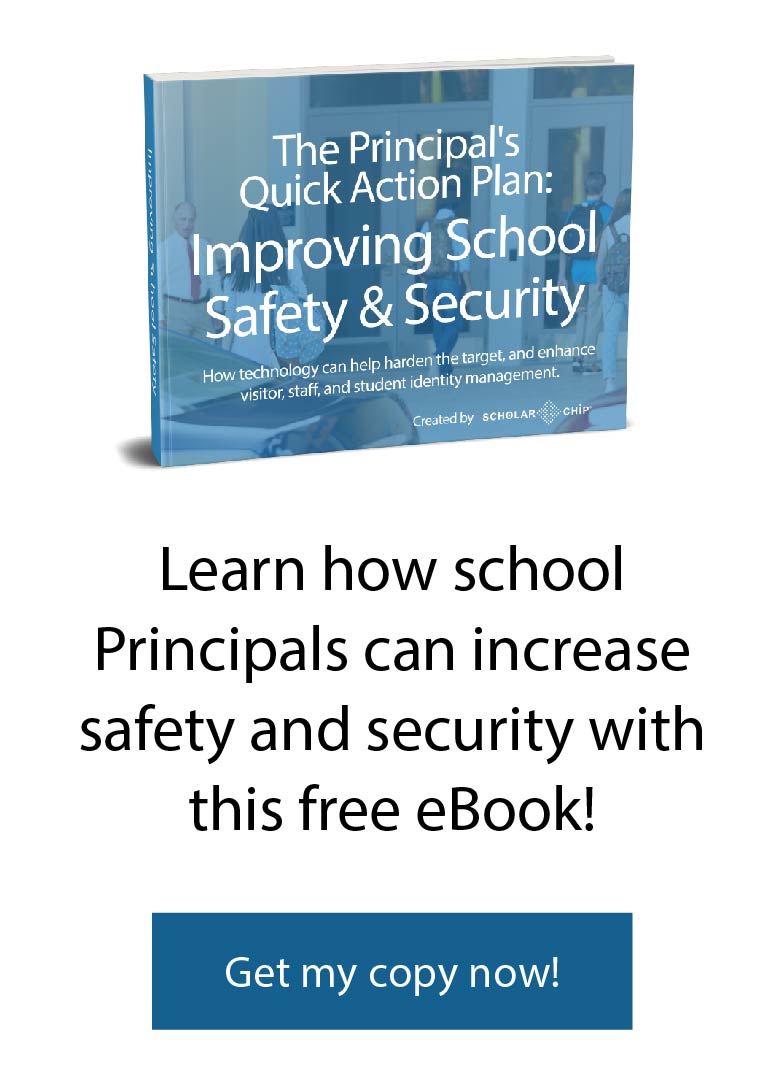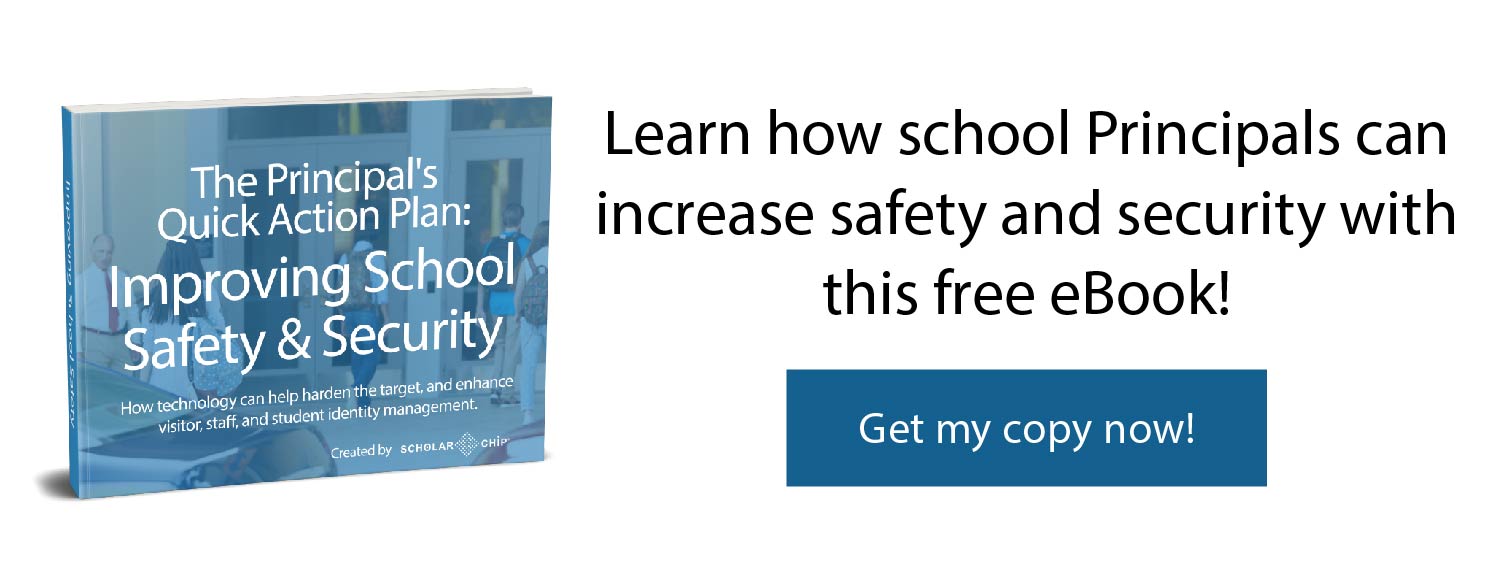School climate can have a powerful impact on improving school safety. The challenge is developing the types of solutions that are visible, high-impact and cogent with a community’s cultural beliefs and norms.
Changing school climate is neither an easy nor a quick fix. It requires deft, deliberate and sustained collaboration among school administrators, elected officials, community leaders and parents.
Defining School Climate
In 2007, the National School Climate Center defined school climate as based on “patterns of people’s experiences of school life and reflects norms, goals, values, interpersonal relationships, teaching and learning practices, and organizational structures. … This climate includes norms, values, and expectations that support people feeling socially, emotionally and physically safe. People are engaged and respected. Students, families and educators work together to develop, live, and contribute to a shared school vision.”
That’s a powerful description that places safety as a primary goal of school climate.
The National School Climate Center has identified standards by which it believes schools’ efforts and outcomes should be measured:
- A shared vision and plan for promoting, enhancing and sustaining a positive school climate.
- Policies and practices that promote development and sustainability of social, emotional, ethical, civic and intellectual skills and a system to address barriers and to re-engage students who’ve become disengaged.
- Creating a space where all members are welcome and feel safe in school emotionally, intellectually, physically and socially.
- Meaningful and engaging activities, norms and practices that promote civic and social responsibility and social justice.
Free of Violence
Some argue that “the most basic element of a good school climate—one that is free of violence and disruption.” But, school climate goes even deeper. It needs to address core challenges that make schools a threatening space for many students, including bullying and identity-based threats and harassment.
While most agree that a focus on climate is essential to school security, the perception of preparedness is low. Consider the following from the State of School Safety Report 2018, produced by Safe and Sound Schools which illustrates the interconnectedness of school climate and safety:
- Fewer than 60 percent of parents or students strongly agree schools are prepared for a wide range of safety issues. Among community members, it’s fewer than 50 percent. At the same time, more than 70 percent of educators do believe they are prepared.
- Fewer than 60 percent of parents and 50 percent of students believe children are safe when at school.
- Only 40 percent of parents state that they don’t worry about outside threats to children in school.
- Students reported seeing multiple acts that undermine a safe school climate, including bullying (74.4 percent), drug or alcohol abuse by a student (55.8 percent), vandalism involving race or aggression towards a minority group (47.6 percent), physical assault (36.7 percent) and sexual assault (25.1 percent).
- The plurality of educators (70 percent) and parents (less than 50 percent) feel teachers receive some training on how to reduce school violence but could use more.
Other data show that educators and parents believe schools do not have the financial resources to properly address school safety and need better communication about safety.
Viable Solutions
For schools struggling to address the related issues of school climate and school safety, what can be done? Experts offer some instructive tips for systems to consider:
- The Safe and Sound Schools survey noted that 90 percent of parents and 88 percent of educators want schools to take extra steps to ensure student safety.
- Develop better communications about school preparedness and capability to address school safety, especially for parents and students.
- Have an automated communications system in place.
- Commit additional financial resources.
- Invest in training for teachers, staff and student.
- Implement tools to identify and track visitors.
- Use positive language when including information about visitation policies in newsletters, handbooks and emails. Avoid alarmist phrases such as “must report” or “heightened security.”
- Use welcome messages and signage to guide visitors to check-in areas.
- Reduce the number of open doors.
- When new or remodeled schools are built, incorporate security measures into the design.
How ScholarChip Can Help
Climate alone will not keep schools safe. That’s where ScholarChip comes in, with a comprehensive school climate and security solution. These services can enhance and contribute to a positive school climate by openly and visibly demonstrating the commitment to school safety.
What’s more, with an integrated safety system from ScholarChip, you’ll be able to access data in real time; develop reports that show trends, patterns and progress; and integrate safety information with your student information system and other data sources.
The ScholarChip solution includes interconnected modules that address core elements of climate and safety, including:
- Smart IDs. Embedded chips in student and staff ID cards allowing for easy checking in at the building and classroom levels. Smart IDs automatically upload data to your shared database. You can identify where students are at any time.
- Student Accountability. By using smart ID cards and easy-to-use desk and door readers, students learn from a young age how to be accountable for their attendance on campus, in class, and while visiting other areas, such as the gym, theater, cafeteria, auditorium or nurse’s office. Student absences can be tracked quickly and parents can be notified immediately.
- Visitor Management. Able to Issue temporary IDs with photographs for new visitors, who use state-issued credentials to verify identity. With the scan of the state-issued card, they are able to check a registered sex-offender database for potential red flags.
- Secure Door Access. Schedule when doors can be opened and by whom. Know when students or staff members pass through monitored doors and lock down areas immediately with one click.
- Mobile Monitoring. Mobile apps allow for the tracking of attendance in hallways or other high-traffic areas, including access to student photos and schedules. Other solutions allow for check-ins to buses or on field trips.
- Behavior Management. Teachers and staff can identify at-risk or disruptive students and refer them to counselors who can use the Alternative Behavior Educator program. This online tool allows students to learn better behaviors and generates progress reports and tracking.
ScholarChip is an all-in-one platform solution for schools and understands that building a positive school climate helps secure and improve school safety.
If you would like to learn more about how your school can benefit from ScholarChip’s all-in-one solution to increase campus climate, schedule a 1-on-1 walkthrough with one of our specialists today!


